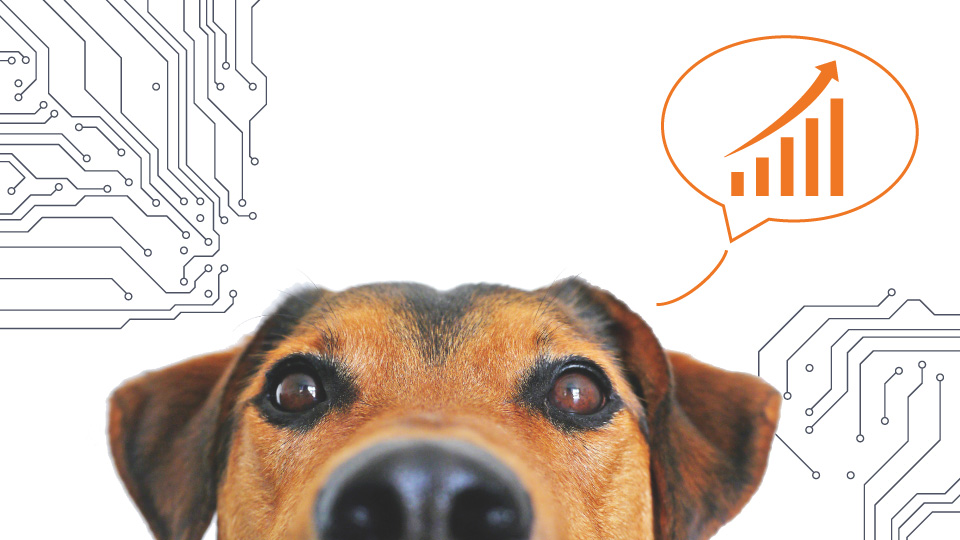
Like most industries, pet food shares many of the same demands around productivity and quality, however, there are a few unique challenges for pet food processing.
Over the past few years, the number of formulas has exponentially increased, due to consumer demand, to address health, age, breed, and humanization of pet food.
In addition, consumers want to know where their pets’ food comes from.
Keeping Up with Consumer Demands
Today, the Internet of Things or IoT can more affordably help with the increased number of formulas, as well as consumer demand.
When it comes to ingredients, pet food deals with an ever-increasing number of materials that have different density, consistency, and flow rates.
The ability to effectively track and trace every ingredient is key. Traceability (also referred to as Transparency) is defined as the ability to trace the history, application, or location of an entity by means of recorded identifications; has been proven to help animal nutrition companies meet their increased production demands without sacrificing quality.
Huge improvements in throughput and quality are possible by simply moving from manual to automated controls. From there, the addition of sensors and traceability software can be implemented so you can start squeezing the most out of the equipment you already have.
Improving Your Process with IoT & Sensors
Beginning with Receiving, the start of the process, sensors can be placed on conveyors and in bins to prevent overflows and jammed material. Program logic can prevent co-mingling of products or even lots of material. IoT can help manage and track the variety of materials like non-GMO, organic, and supplements.
Moving on to the heart of any pet food facility – extruding. Automated extrusion control, tied to formulation, with automatic ramp up can reduce change-over times and improve overall efficiency. Many pet food producers continue to use manual controls for extrusion and startup times, and their scrapped / reworked product reflects this.
Controlling moisture is critical in the extrusion process, finding and maintaining the proper balance for each formulation is key to controlling durability, palatability texture, and shelf-life.
Automated extrusion controls can use multiple sensors across each zone to measure temperature, pressure, steam quality, and motor amps. These measurements are then used as inputs or feedback to automatically adjust for both process and raw material variations. The end result being improved throughput and quality.
6 Steps to Successfully Implement IoT
In the end it is all about using IoT, sensors at the floor level, industrial networks and controls to collect data to a common central location for the entire plant. The trick is to do a complete integration of multiple cyber-physical systems throughout your facility. To do this, you must have a logical plan for implementing IoT.
Interested in Implementing IoT?
You are probably thinking, "IoT sounds great, but where do I start?"
We have put together a 6 Step Process for your Pet Food Processing facility. Use these proven steps to help guide your way.
Download the Whitepaper to get started today!


Do You Have Questions?
Feel free to reach out to us today! We are happy to answer any questions regarding IoT and how you can implement it in your Pet Food Processing Plant.



